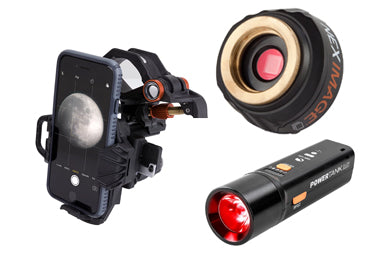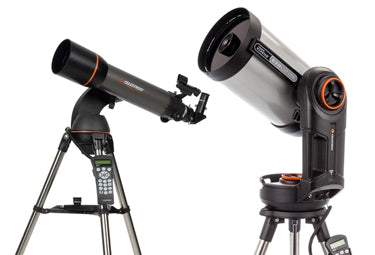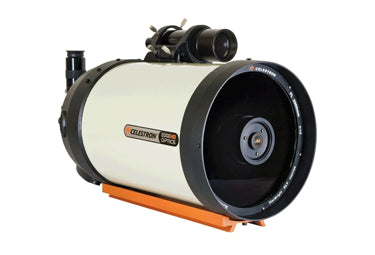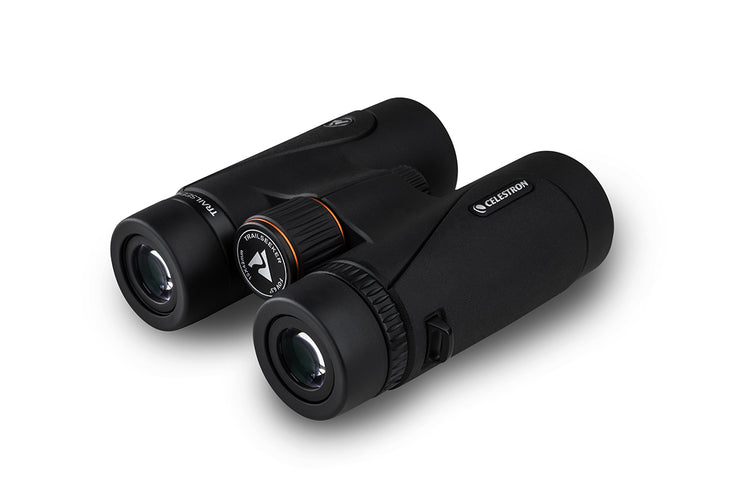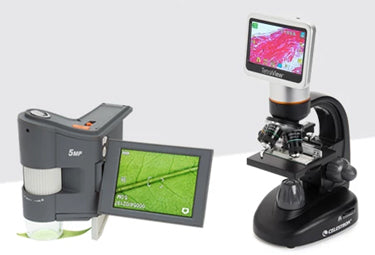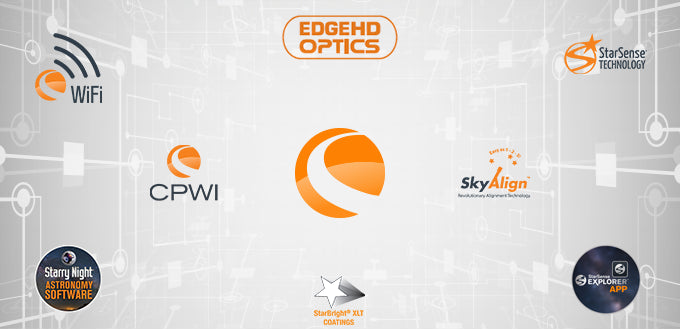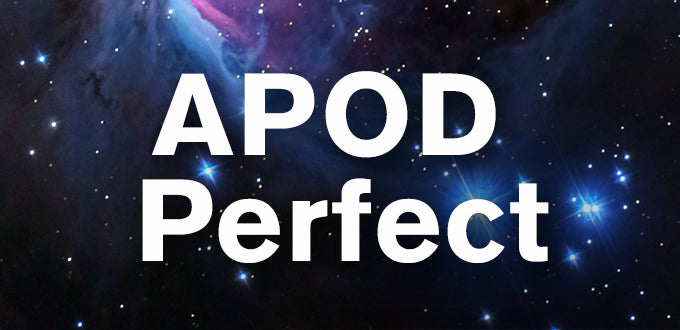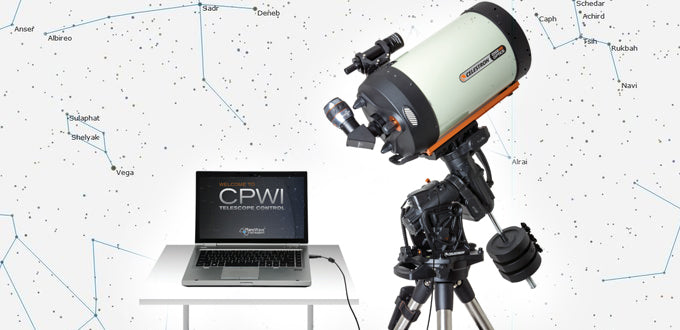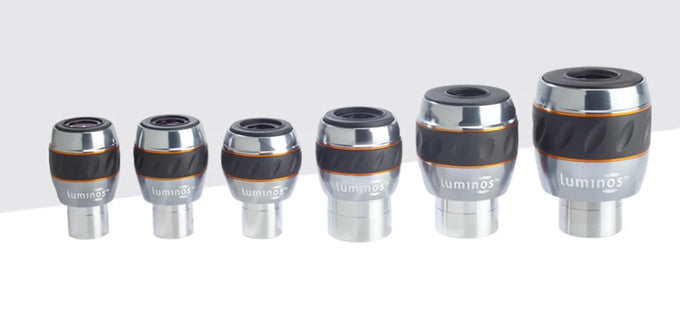What is the difference between BaK-4, BK-7 and K9 glass?
May 30, 2020
There are literally thousands of different formulations of glass in the world. Each formulation has its own very specific optical properties and consequently its own designation. BK-7 and Bak-4 are two such designations of glass formulations used in the prisms of binoculars, spotting scopes, and monoculars.
BK-7 (as well as the very similar K9) refers to a type of borosilicate glass that has long been and still is widely used across many different optical product brands and models. BK-7 and K9 are lower in cost than BaK-4 and therefore are often found in lower priced products than BaK-4.
BaK4 refers to a light barium crown glass that, as it is much more expensive than BK-7 or K9 glass, is generally found in mid- to high-end price ranges optical instruments. For binoculars, spotting scopes, and monoculars, BaK-4 is generally preferable to BK-7 or K9 as it has a higher refractive index and, when used in a well-designed overall optical system, provides higher levels of image quality than would a prism assembly of the same type made with BK-7 or K9 glass. It is often written that the exit pupil of a BK-7 or K9 prism is not perfectly round which causes clarity issues on the edges of the image, while a BaK-4 is perfectly round. This is sometimes true but should not be trusted absolutely. Always consult the product specifications to discover the type of glass used in the system’s prisms.

